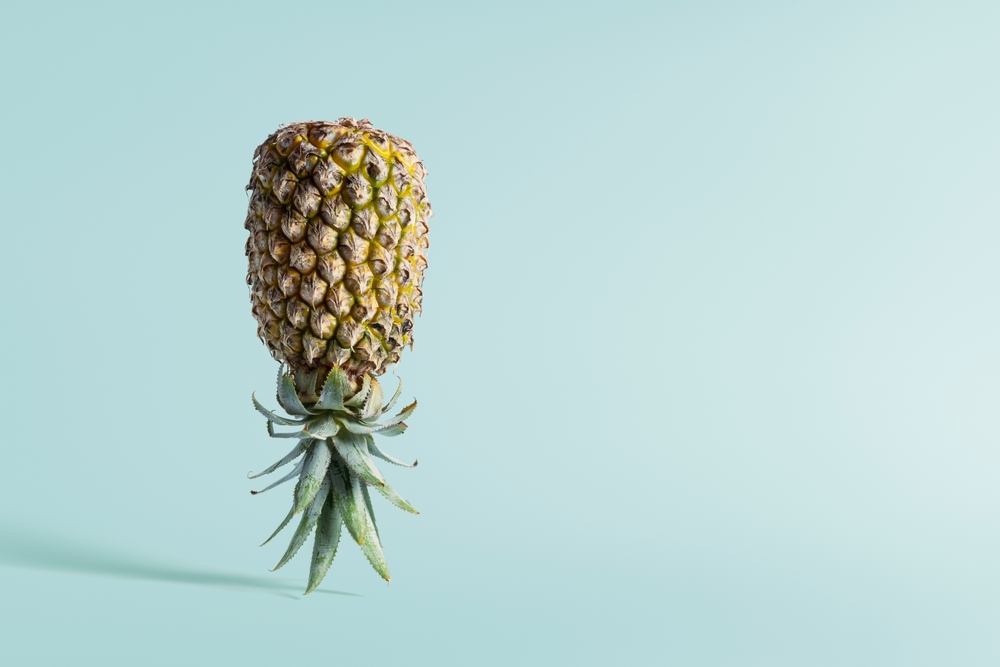Discover the best times to explore Beautiful Yellowstone, from vibrant springs to snowy winters—each season offers a unique natural adventure.
The Best Time to Visit Beautiful Yellowstone National Park

Yellowstone National Park is a natural wonder that draws millions of visitors each year. Spanning over 2.2 million acres, it offers diverse landscapes and wildlife. Deciding when to visit depends on what experiences you’re seeking. Each season offers unique opportunities and challenges.
Visiting in Spring (April to June)
Spring is a time of renewal in Yellowstone. The snow begins to melt, revealing vibrant wildflowers and rushing waterfalls. This is a quieter time in the park, perfect for those who prefer fewer crowds. Roads and facilities start opening in April, but check conditions as unpredictable weather can still close areas. Wildlife is abundant and active, shaking off the winter. You may see bears emerging from hibernation, bison calves, and migrating birds. The weather varies; prepare for cold and snow or warm sunshine.
The Summer Experience (July to August)
Summer is the busiest season in Yellowstone. Nearly all roads and services are open. Long daylight hours provide ample time to explore. The park’s geothermal features, like Old Faithful and the Grand Prismatic Spring, are must-sees. Trails are mostly accessible, offering opportunities for hiking and photography. Wildlife viewing is optimal in early mornings and late afternoons. Be prepared for crowds at popular spots. Accommodations fill quickly, so book well in advance. Weather is warm but can be unpredictable with occasional thunderstorms.
Autumn Adventures (September to October)
Autumn transforms Yellowstone into a tapestry of colors. It’s a less crowded time as families return home for the school year. Animals are active preparing for winter, making wildlife viewing excellent. Elk rutting season is a highlight where males engage in dramatic displays. Cooler temperatures make hiking pleasant, but some high elevations may get snow. Roads and services begin to close in October. Planning ahead is critical. It’s a favorite season for photographers capturing the golden hues and serene landscapes.
The Winter Wonderland (November to March)
Winter in Yellowstone is magical and serene. The park is covered in a blanket of snow. Only a few park roads remain open for private vehicles. Snowcoach and snowmobile tours provide access to more remote areas. The park’s geothermal features stand out against the white backdrop. Wildlife viewing is limited but rewarding. Wolves, bison, and trumpeter swans are particularly striking against the snow. Prepare for extreme cold conditions. Many facilities are closed, so plan meals and accommodations in advance. Winter offers a unique solitude not found in other seasons.
Factors to Consider
Your ideal time to visit may depend on several factors. Consider your tolerance for crowds and preference for weather. If you’re a wildlife enthusiast, spring and fall are ideal. For hikers and campers, summer offers the best conditions. Winter is perfect for those seeking solitude and uniqueness. Budget can also play a role, with off-season prices generally lower.
Seasonal Highlights and Challenges
- Spring: Wildlife awakening, fewer crowds, unpredictable weather.
- Summer: Access to all areas, warm weather, very crowded.
- Autumn: Beautiful foliage, active elk, cooler temperatures.
- Winter: Stunning snow landscapes, limited access, harsh weather.
Visiting Yellowstone requires planning and flexibility. Each season offers distinct advantages and challenges. Decide what experiences resonate most with you. With proper preparation, your visit to Yellowstone can be an unforgettable adventure filled with nature’s wonders.





